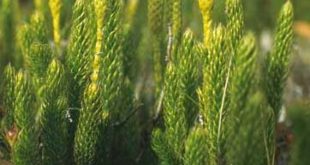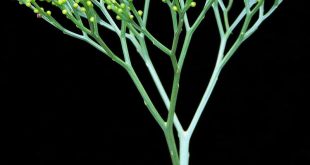Ever wondered how your body deals with the harmful pathogens inside you? Yes? No? No matter what your answer is, if you are a student of science you should already know a little bit about this topic because you were forced to learn about it for your exams. Was it …
Read More »TimeLine Layout
March, 2020
-
20 March
Introduction to Biostatistics: Scope, Variable & Data
Objectives of this article To understand What is statistics What is biostatistics Scopes of statistics What is variable What is a random variable Types of variables What is a qualitative or discrete variable What is a quantitative or continuous variable Practical examples of qualitative or quantitative variables Read the next …
Read More » -
20 March
Introduction to Biostatistics: Population, Sample, Statistic & Parameter
Objectives of this article To understand What is a population? What is a sample? The differences between population and sample. What are parameter and statistic? The differences between parameter and statistic. What is sampling? What is random sampling? Importance of random sampling. The biases in sampling. Read the previous article: …
Read More » -
19 March
Adaptation of Hydrophytes & Xerophytes
Do you know how plants adapt them in hydrophytic and xerophytic conditions? From the very beginning of the formation of the earth, the environment is changing day by day. As a result, each and every organism in here, need to make itself fit with the changes happening around. From that …
Read More » -
6 March
Euphorbiaceae: The Spurge Family
Euphorbiaceae family is very diversified with mostly monoecious herbs, shrubs, and trees and even sometimes succulent and cactus-like members. It is named from one of its member genus ‘Euphorbia‘. This family has about 300 genus and 7500 species all over the world but more often found in warm and temperate …
Read More »
January, 2020
-
15 January
Rickettsia: The Disease Causing Bacteria (Part-2)
Rickettsias are mainly known for their disease-causing capability. These micro-organisms can cause a great variety of diseases in different flora and fauna; especially in human. Rickettsiosis is a disease caused by intracellular bacteria. It’s a type of infectious disease. Rickettsiosis can be divided mainly in two groups: Spotted fever group …
Read More » -
13 January
Lycopodium: The Creeping Pines
Systematic Position Division: Lycophyta / Lepidophyta Class: Eligulopsida Order: Lycopodiales Family: Lycopodiaceae Genus: Lycopodium Also known as club mosses, Lycopods, creeping pines or tailing pines. Ligule: A membranous outgrowth projecting from the leaf sheath. On the basis of ligule, Lycophyta has 2 classes: Eligulopsida: Lycopodium phylloglossum Liqulopsida – Isoetales, Selaginellales …
Read More » -
13 January
Psilotum: The Whisk Fern
Psilotum is commonly known as Whisk-fern. Salient features of Pilotum The sporophytes are dichotomously branched with an underground rhizome and upright branches. The upright branches are leafless. Rhizoids are present instead of root. Stem has a relatively simple vascular cylinder. The sporangia are born in groups (trilocular) and form synangia. …
Read More » -
13 January
Pteridophytes: Types of Stele & Its Evolution
A stele is the central cylinder or core of vascular tissue in higher plants and Pteridophytes. It consists of the xylem, phloem, pericycle, medullary rays, and pith if present. The term stele has been derived from a Greek word meaning rod or column. Van Tieghem and Douliot (1886) introduced this …
Read More » -
12 January
Introduction to Pteridophyta
The word cryptogams is a synthesis of two Greek terms kruptos meaning ‘hidden’ and gamos meaning ‘wedded’. This single term encompasses all plants that reproduce by means of spores and, do not produce seeds. The algae, fungi, bryophytes and pteridophytes are all cryptogams. The pteridophyta are treated as vascular cryptogams …
Read More »
 Plantlet The Blogging Platform of Department of Botany, University of Dhaka
Plantlet The Blogging Platform of Department of Botany, University of Dhaka









